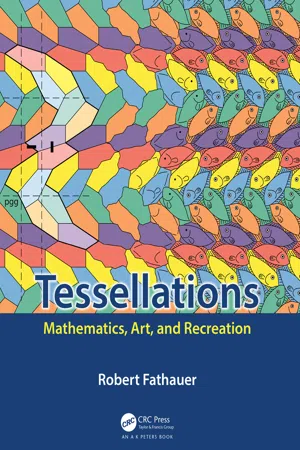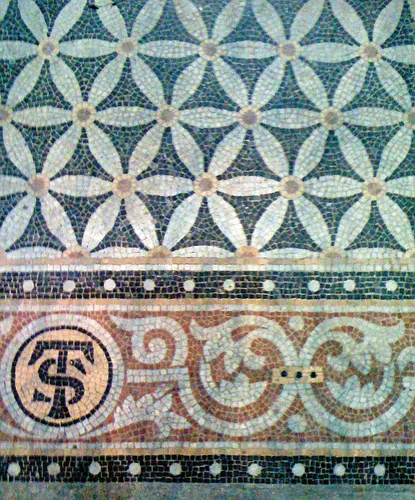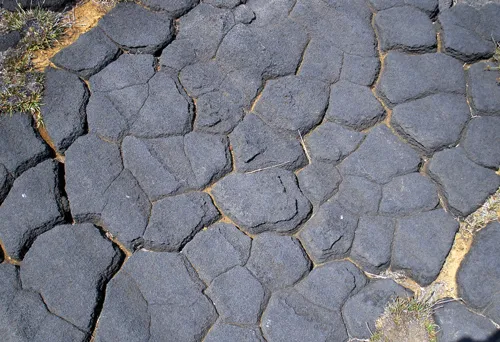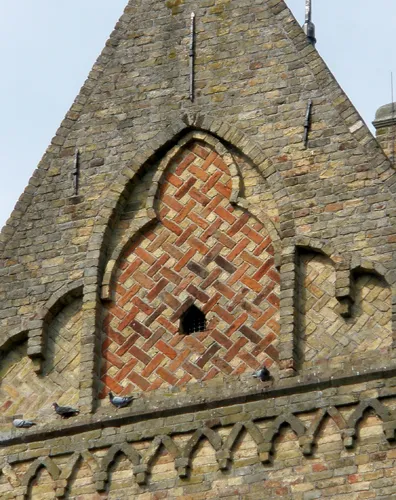
- 450 pages
- English
- ePUB (mobile friendly)
- Available on iOS & Android
About this book
Tessellations: Mathematics, Art and Recreation aims to present a comprehensive introduction to tessellations (tiling) at a level accessible to non-specialists. Additionally, it covers techniques, tips, and templates to facilitate the creation of mathematical art based on tessellations. Inclusion of special topics like spiral tilings and tessellation metamorphoses allows the reader to explore beautiful and entertaining math and art.
The book has a particular focus on 'Escheresque' designs, in which the individual tiles are recognizable real-world motifs. These are extremely popular with students and math hobbyists but are typically very challenging to execute. Techniques demonstrated in the book are aimed at making these designs more achievable. Going beyond planar designs, the book contains numerous nets of polyhedra and templates for applying Escheresque designs to them.
Activities and worksheets are spread throughout the book, and examples of real-world tessellations are also provided.
Key features
-
- Introduces the mathematics of tessellations, including symmetry
-
- Covers polygonal, aperiodic, and non-Euclidean tilings
-
- Contains tutorial content on designing and drawing Escheresque tessellations
-
- Highlights numerous examples of tessellations in the real world
-
- Activities for individuals or classes
-
- Filled with templates to aid in creating Escheresque tessellations
-
- Treats special topics like tiling rosettes, fractal tessellations, and decoration of tiles
Frequently asked questions
- Essential is ideal for learners and professionals who enjoy exploring a wide range of subjects. Access the Essential Library with 800,000+ trusted titles and best-sellers across business, personal growth, and the humanities. Includes unlimited reading time and Standard Read Aloud voice.
- Complete: Perfect for advanced learners and researchers needing full, unrestricted access. Unlock 1.4M+ books across hundreds of subjects, including academic and specialized titles. The Complete Plan also includes advanced features like Premium Read Aloud and Research Assistant.
Please note we cannot support devices running on iOS 13 and Android 7 or earlier. Learn more about using the app.
Information
Chapter 1
Introduction to Tessellations
Historical examples of tessellations






Tessellations in the world around us


Escheresque tessellations
Table of contents
- Cover
- Half-Title
- Title
- Copyright
- Contents
- About the Author
- Preface
- 1 Introduction to Tessellations
- 2 Geometric Tessellations
- 3 Symmetry and Transformations in Tessellations
- 4 Tessellations in Nature
- 5 Decorative and Utilitarian Tessellations
- 6 Polyforms and Reptiles
- 7 Rosettes and Spirals
- 8 Matching Rules, Aperiodic Tiles, and Substitution Tilings
- 9 Fractal Tiles and Fractal Tilings
- 10 Non-Euclidean Tessellations
- 11 Tips on Designing and Drawing Escheresque Tessellations
- 12 Special Techniques to Solve Design Problems
- 13 Escheresque Tessellations Based on Squares
- 14 Escheresque Tessellations Based on Isosceles Right Triangle and Kite-Shaped Tiles
- 15 Escheresque Tessellations Based on Equilateral Triangle Tiles
- 16 Escheresque Tessellations Based on 60°–120° Rhombus Tiles
- 17 Escheresque Tessellations Based on Hexagonal Tiles
- 18 Decorating Tiles to Create Knots and Other Designs
- 19 Tessellation Metamorphoses and Dissections
- 20 Introduction to Polyhedra
- 21 Adapting Plane Tessellations to Polyhedra
- 22 Tessellating the Platonic Solids
- 23 Tessellating the Archimedean Solids
- 24 Tessellating Other Polyhedra
- 25 Tessellating Other Surfaces
- References
- Glossary of Terms
- Index